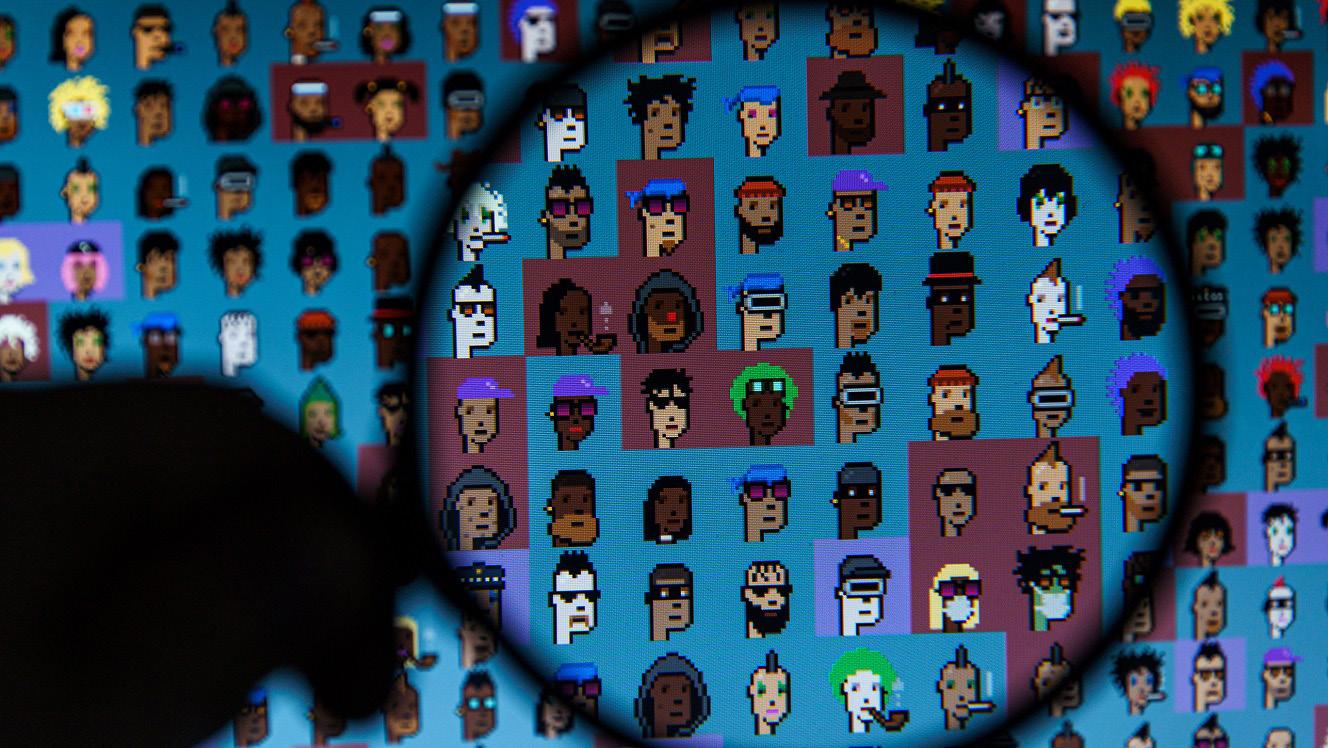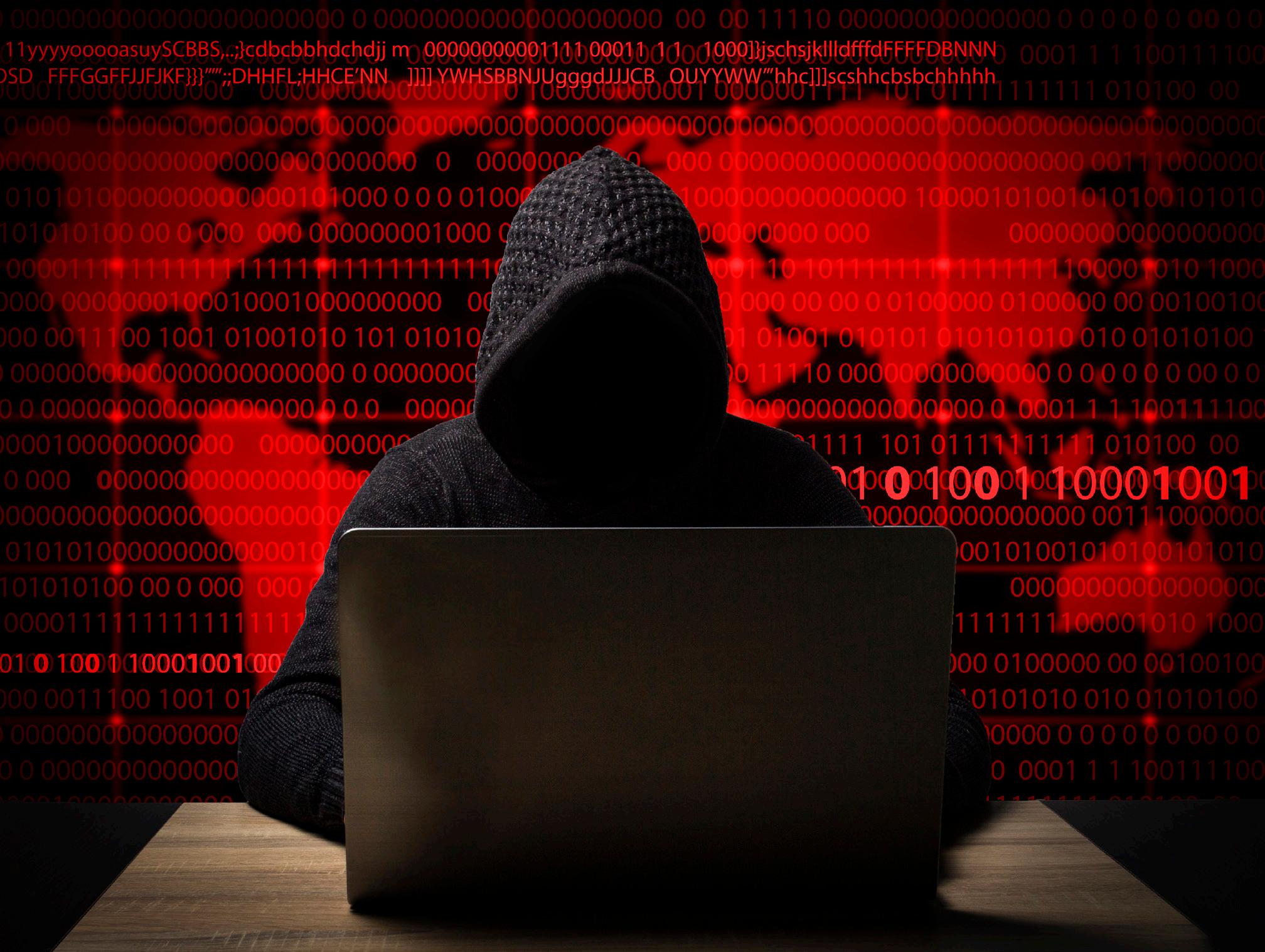
5 minute read
The Promise of NFTs is Only Beginning to Be Discovered and Understood
Robert Stone
The Promise of NFTs is Only Beginning to Be Discovered and Understood
Advertisement
Robert Stone
Anon-fungible token (NFT) is a digital token that represents a verifiable scarce, and portable piece of digital property on a global ledger. With blockchains becoming global transaction ledgers for both native virtual and physical property, NFTs have virtually limitless potential. Due to their programmability, they can evolve and encompass increasingly innovative features.
What do people think about non-fungible tokens (NFT) if you ask them? Perhaps something about ridiculous prices for cartoons of apes and Twitter profile pictures and murmuring about crypto confusedly. Perhaps they will mention a few celebrity names and add the word "bubble." In sum, a tale of frivolity, excess, and overexuberance. I think that's a fair assessment. However, NFTs can and will mean much more than that. Under the surface, they already do. With the increasing use of virtual worlds, this potential multiplies. NFTs will become some of the primary building blocks for everything in these worlds. Many people question NFT's longevity as a technology and cultural trend as the market value and popularity have fallen. Did the NFT bubble ultimately kill them off as just a speculative asset? When it comes down to it, what utility do NFTs serve?
With blockchains becoming global

transaction ledgers for both natively virtual and physical properties, the possibilities for NFTs are virtually limitless. The potential for this potential multiplies as we spend more and more time in virtual worlds. All things in that world will be built on NFTs.
Why then do they deserve enthusiasm? In particular, NFTs help solve the problem of verifying ownership, authenticity, and credentials, which allow creators to get paid.
NFTs can be viewed as new mediums for producing art and collectibles. However, artistic or collectible NFTs today aren't really about utility. We don't measure the importance of Rembrandt or Damien Hirst's artworks by it, Mozart or The Beatles' music, or luxury items like Fabergé eggs or Birkin bags by it. Since the beginning of time, technological innovations have irrevocably changed how works of art are produced and exhibited, from oil paints to electric guitars to photography. NFTs are part of this history. Machine learninggenerated art, art that changes with its environment, communitydriven artistic production, and more attract a vibrant community exploring its expressive possibilities. It is still the early days for NFT art. The future of NFTs is difficult to predict. Comparing brick-andmortar art with digital art might be helpful. I'll compare the old and new with particular attention to a very important concept in the art world: provenance. Once done, we will talk about NFT royalty payments.
Provenance
Provenance is a record of ownership of a work of art or an antique used as a guide to authenticity or quality. Former Metropolitan Museum director Thomas Hoving estimated that about 40% of the objects in the museum were fakes or forgeries. Despite many questions surrounding this figure - and even the definition of fakes - it's clear that traditional art markets face many challenges. Many of these problems are related to provenance, the history of the production, and ownership of an artwork. An art piece's provenance helps establish its authenticity and value. If lacking, nasty surprises can arise, such as Steven Spielberg learning his Norman Rockwell painting was stolen before he purchased it or the Getty Museum acquiring a dubious ancient Greek statue for $10 million. We can be sure that the provenance of an NFT
will never be in question. The authenticity of an NFT can be universally verified by anyone, anywhere, anytime. In contrast, if you purchase an original copy of Mozart's Requiem, you will have to invest considerable resources to have it authenticated and then verified again as it passes hands to the next owner — most likely by a third party. A blockchain records provenance immutably with NFTs. A blockchain address identifies ownership publicly and is resistant to tampering or forgery.
Royalties
In the art market, artists often get short-changed. It is not uncommon for artists to die penniless before becoming famous, such as Vincent van Gogh. Although the practice is common elsewhere, they rarely receive royalties from sales of their works in secondary markets in the U.S. For example, the painter Robert Rauschenberg's painting "Thaw" was sold for $85,000 by a collector who purchased it from him for $900. Angry, he shouted at the collector, "I have been working my tail off for your huge profit."
In the context of NFTs, royalties work in such a way that when an artist or creator of an NFT initially sets it up, they can use a "smart contract" to push back a portion of the resale proceeds to the creator of the NFT. Smart contracts aren't contracts, but they're used to automate things. It is still unclear whether that contract is binding. There is just code that is executed when another event occurs. In this case, the resale of an NFT on a certain marketplace causes proceeds or a portion of those proceeds to be transferred.
The transparency of blockchain systems allows all participants to make informed decisions, although some buyers may object to this level of control by NFT creators.

In Conclusion
Do not misunderstand. NFTs are not without their flaws, despite their potential. The excesses they've fueled - scam sales like those in some cryptocurrency markets and new crimes like artist identity theft - shouldn't be excused. Therefore, technical tools like the ones described here and communitybased methods of protecting consumers will be necessary.
Regardless, NFTs will continue to evolve in exciting and powerful ways. The fact remains that they - or something like them - will remain a cultural force for the foreseeable future.










